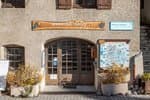
THEMED PATH: The Le Cloutas path
Almost buried among the trees, on the edge of a small clearing, the ruins of the old mill bear testimony to how the use of space has changed over the years How did the people here live? What was the surrounding landscape like? That is what this trail is all about: a little lesson in humility.
Description
- After 100 metres, follow the GR route to the right towards Clot Arthaud (Via novo). It is a steep ascent. Then, at the next two intersections head towards the Pousterle plateau. Don't miss the fork just below a forest track. Just before this, you have to leave the GR route to take a level path on the right (paint mark: red and white cross indicating that you are leaving the GR route). There is an interpretation panel 30 metres further on.
- Further on, do not carry on straight ahead but head to the right down a few steps (yellow ST arrow - ST = "Sentier Thématique" themed path) and shortly after this, near a large boulder where a spring flows, go left up a narrow path. After 50 metres, head downhill to the right along another narrow path which becomes more marked. Further down, you come to a snowshoe sign, which you follow. After the ruined mill, the path drops sharply to the right. It then passes through a meadow area and you carry on downhill. Finally, it leads off to the right before dropping down directly to the embankment of the road to Puy Saint-Vincent.
- Departure : Car park near Pont du Rif, Les Vigneaux
- Arrival : Car park near Pont du Rif, Les Vigneaux
- Towns crossed : Les Vigneaux
Altimetric profile
Recommandations
Partly shaded path, steep at the start.
Take care, in wet weather the roots, walkways and steps are slippery.
Information panels are installed all the way along the path.
Check weather conditions before setting off.
Rescue services contact details: Secours Montagne (Mountain Rescue): +33 (0)4 92 22 22 22 or 112
Show consideration for the work of farmers, livestock keepers and owners
Close all gates behind you
Take your litter home
Do not take shortcuts across pastureland
Information desks
Place de l'Eglise, 05340 Vallouise
Vallouise Park house
, 05290 Vallouise
Information, documentation, models, exhibitions, screenings, product sales and works of the Park. Guided tours for school, reservation required. The new Park House opened in Vallouise since June 1, and offers visitors an interactive permanent exhibition inviting to explore the area and its heritage. A temporary exhibition space will allow a renewed offer. Finally, the device is completed by an audiovisual room to organize screenings and conferences Free admission. All animations of the Park are free unless otherwise stated.
Transport
Public transport >> www.pacamobilite.fr
Consider car-sharing >> www.blablacar.fr
For more information, ask at the Tourist Information Office nearest to the trail starting point.
Access and parking
4.7 km from L'Argentière-La Bessée, take the D994E.
Parking :
Sensitive areas
Short-toed snake eagle
- Impacted practices:
- Aerial,
- Sensitivity periods:
- MarAprMayJunJulAugSep
- Contact:
- Parc National des Écrins
Julien Charron
julien.charron@ecrins-parcnational.fr
6 points of interest
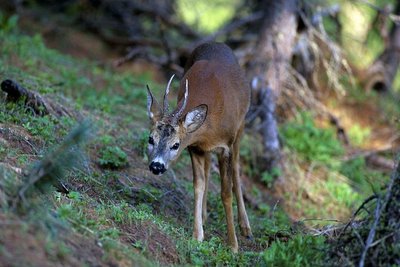
Chevreuil - Robert Chevalier - Parc national des Écrins  Fauna
FaunaThe roe deer
The forest is home to roe deer, which can often be seen. This ungulate (hoofed mammal) is rather unusual because the rut does not take place in autumn, for births in May and June as is the case with other mountain-dwelling ungulates, but in summer. After fertilisation, however, egg development is suspended for 6 months (this is called embryonic diapause). Gestation then resumes so that the fawn (or twin fawns) can be born in spring, a period more favourable for its survival.
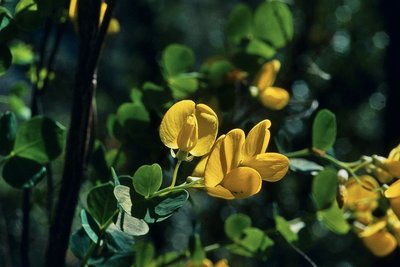
Le cytise à feuilles sessiles - Bernard Nicollet - Parc national des Écrins  Flora
FloraThe sessile-leaved cytisus
This small shrub which grows to 1 to 2 metres in light woods is characterised by three-lobed leaves on the flowering shoots which are sessile, that is to say without a stalk. It is easy to confuse with the scorpion senna, which has the same leaves but they are divided into 7 or 9 lobes. Both produce very beautiful yellow flowers in May to June.
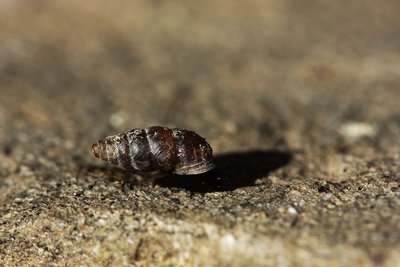
Maillot avoine - Damien Combrisson - Parc national des Écrins  Fauna
FaunaMinute snails
If you take the trouble to examine the large boulder, you might discover minute snails just a few millimetres in diameter, clinging to the stone walls. The elongated snails are Chondrina avenacea and the others, which are round and conical, are Pyramidula pusilla. They are common but too seldom observed. Nature is rich; you just have to take the time to observe it with curiosity!
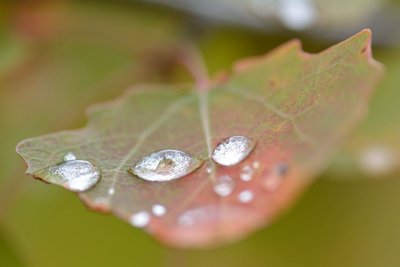
Gouttes d'eau sur feuilles de tremble - Mireille Coulon - Parc national des Écrins  Flora
FloraThe aspen
Near the ruined mill, you can see a stand of tall trees with smooth, greenish trunks and rounded, crenelated leaves which take on magnificent colours in autumn. The stem, or petiole, of aspen leaves is flat and twisted, so it can be caught by the slightest breeze making the foliage «quake» hence its common name, the quaking aspen. It needs dampish soils and plenty of light and so it grows in clearings.
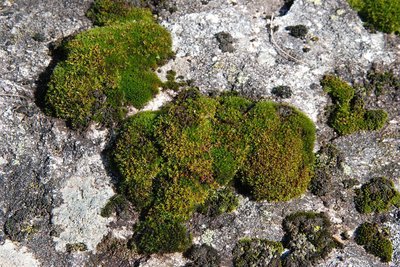
Mousses sur roche - Dominique Vincent - Parc national des Écrins  Flora
FloraMosses
There are mosses growing on the old wall. Mosses are plants which appeared long before flowering plants, 440 million years ago. They live in damp environments but can withstand long periods of drought. They have very few requirements and can colonise virgin areas. They then contribute to the slow formation of humus, thus allowing more demanding plants to establish in their turn. There are 800 species of moss in France, all of them beautiful!
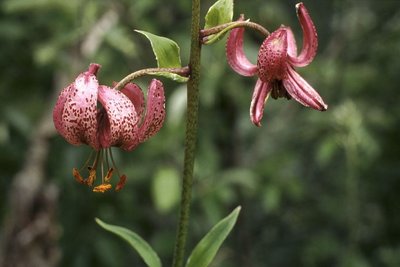
Le lis martagon - Marie-Geneviève Nicolas - Parc national des Écrins  Flora
FloraThe martagon lily
Many martagon lilies grow at the side of the path. This superb plant has large hanging flowers with curved-back petals, which are pink speckled with purple and exposed orangey stamens. Its leaves are elongated and whorled. It grows in meadows and cool woods. Although common here, it is rare in many French regions. In fact, picking it is prohibited or regulated.
Source

Report a problem or an error
If you have found an error on this page or if you have noticed any problems during your hike, please report them to us here:

